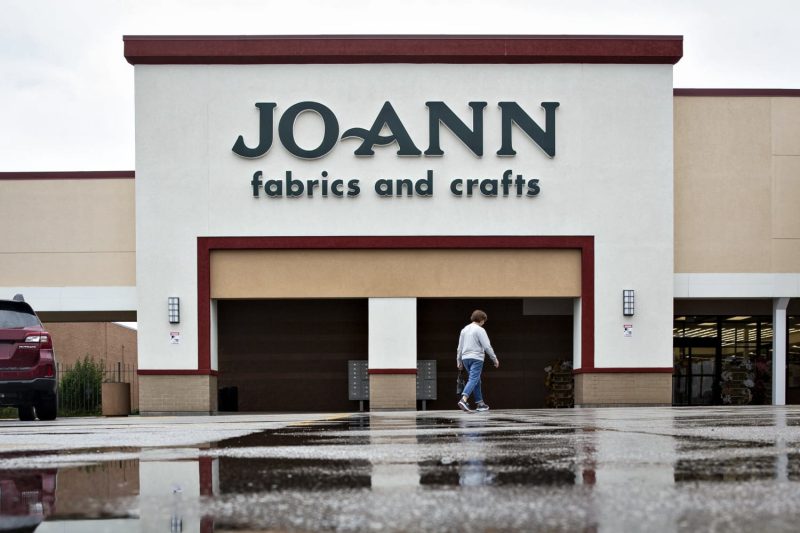Joann Fabrics and Crafts, a giant in the world of arts and crafts retailing, has recently filed for Chapter 11 bankruptcy, marking a significant shift in the landscape of the market for arts and crafts supplies. The decision comes as a jolt for many in the industry and has led to an outpouring of industry and consumer analyses, with speculation rife about the roots of this drastic step and the impact it might leave.
For decades, Joann Fabrics and Crafts have been a household name, a fountainhead of creativity for countless DIY enthusiasts and professionals alike. It has been catering to a diverse range of consumers, from individuals seeking fabrics for personal projects to small businesses thriving on crafts. This repositioning in the market, therefore, raises crucial questions about the viability of physical retail in an increasingly digital age.
One of the key reasons behind the filing for bankruptcy could potentially be massive competition, both online and offline. With e-commerce giants like Amazon extending their foothold in every possible retail segment, traditional brick-and-mortar stores have been feeling the heat. The arts and crafts industry has not remained untouched from this tussle, with online competitors offering a wider range of products, often at lower prices, and the allure of doorstep delivery. Joann’s own attempts to carve an online niche might not have been as successful as required to offset the challenges at physical locations.
The bankruptcy filing could also be seen as part of a larger trend of struggles for retail stores in the face of rapid digital transformation. Traditional retailers across industries, unable to keep pace with rapid technological advancements and changing consumer preferences, have been pushed to the brink, causing them to re-evaluate their business structures and strategies. Joann’s inability to evolve at the pace of market change illustrates this larger trend.
Recession and economic uncertainties also play a significant role. In wake of the pandemic, the way people shop has changed dramatically. Likely, the economic fallout from COVID-19 has forced Joann to reconsider its operating costs, prompting it to streamline its operations and seek protection via bankruptcy. The pandemic has essentially exposed the vulnerabilities that have long existed within traditional retail business models.
Moreover, Joann’s bankruptcy is reflective of the challenges specific to the arts and crafts industry. It is well known for its cyclical nature, deeply affected by seasonal trends, and economic peaks and troughs. Dependence on discretionary income also makes the industry susceptible to economic uncertainties and downturns.
Yet, it’s important to note that Chapter 11 bankruptcy is not the end of the road for Joann Fabrics and Crafts. Instead, it can be a new beginning. This protection provides Joann with an opportunity to restructure and reorganize its debts. Businesses often use this as a chance to reorient and align themselves with changing market dynamics. Joann might be seen focusing more on building a more robust online presence, rationalizing its store footprint, and revisiting its product strategy to turn the tide in its favor.
In conclusion, the filing for Chapter 11 bankruptcy by Joann Fabrics and Crafts is a significant event in the retail industry, particularly within the arts and crafts sector. It illuminates the challenges traditional retailers face in this digital age, the impact of economic turbulence on industry dynamics, and the need to adapt to these fast-evolving trends. Nonetheless, Chapter 11 also offers a glimmer of hope for a reinvented Joann’s to reimagine its business and bounce back stronger.




